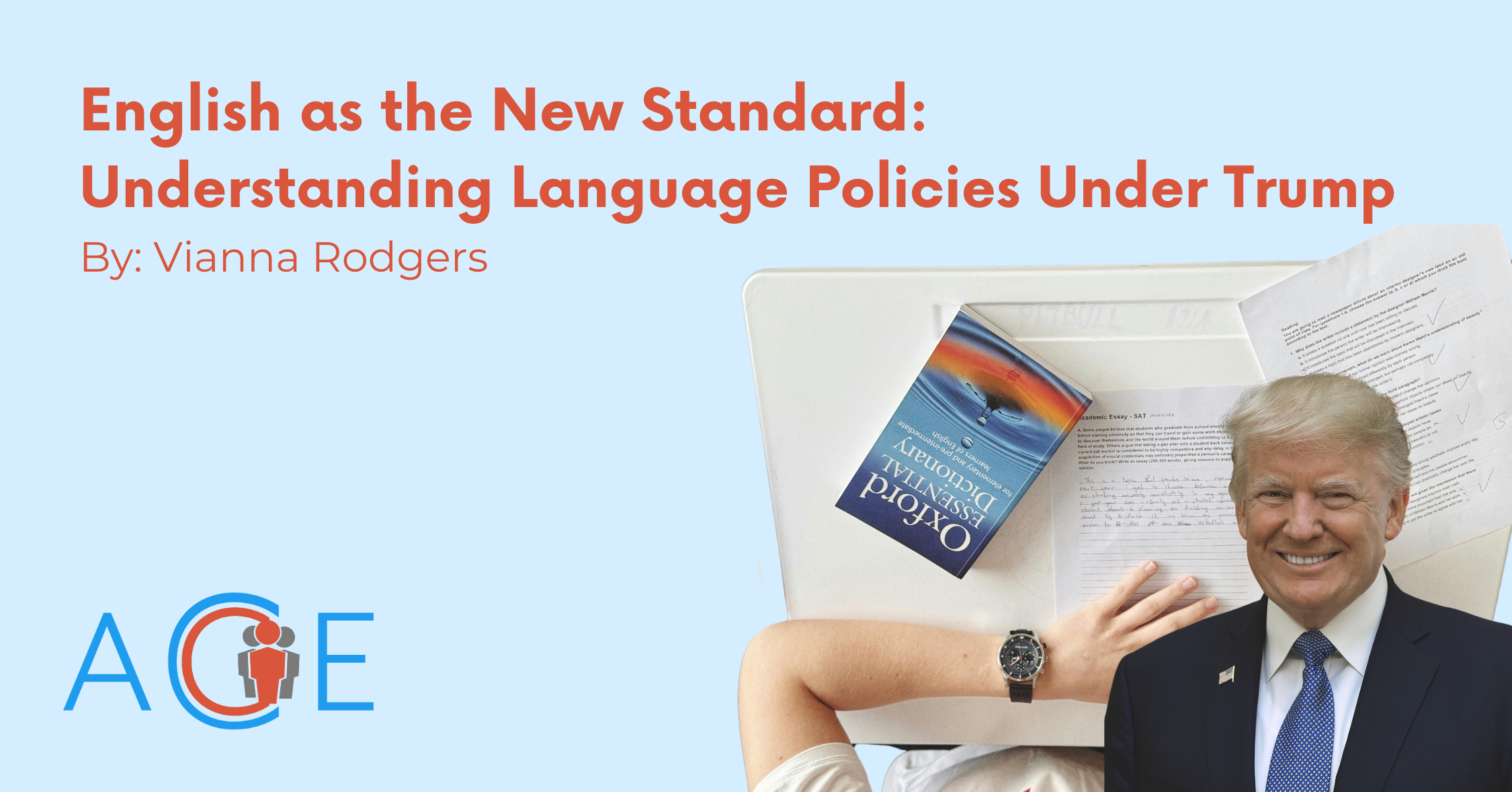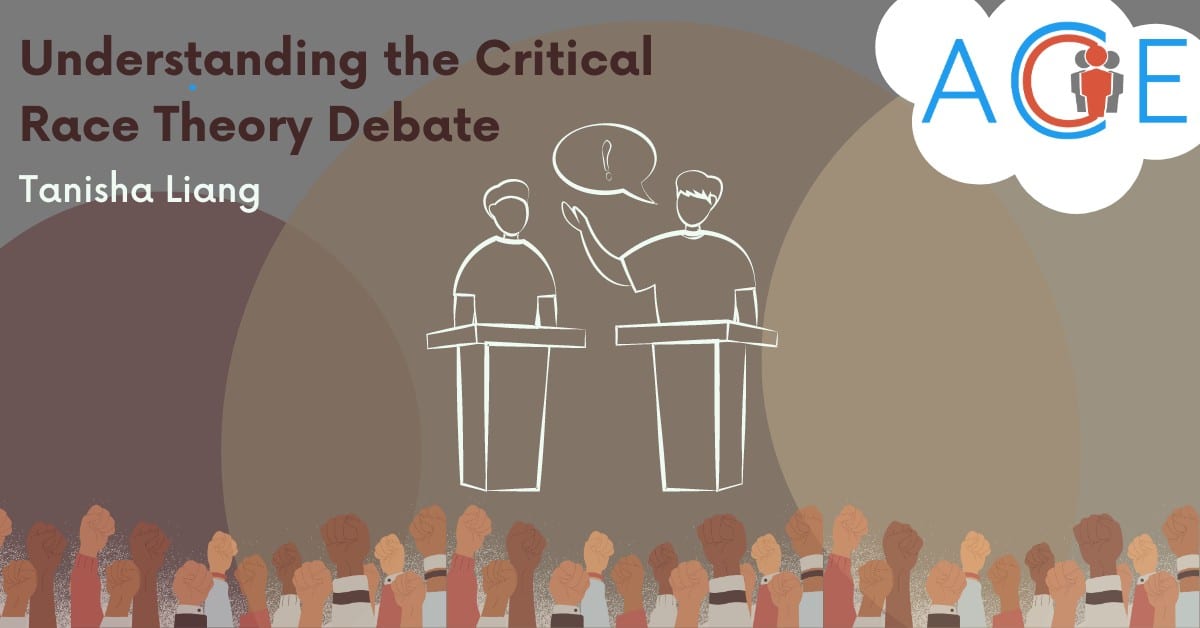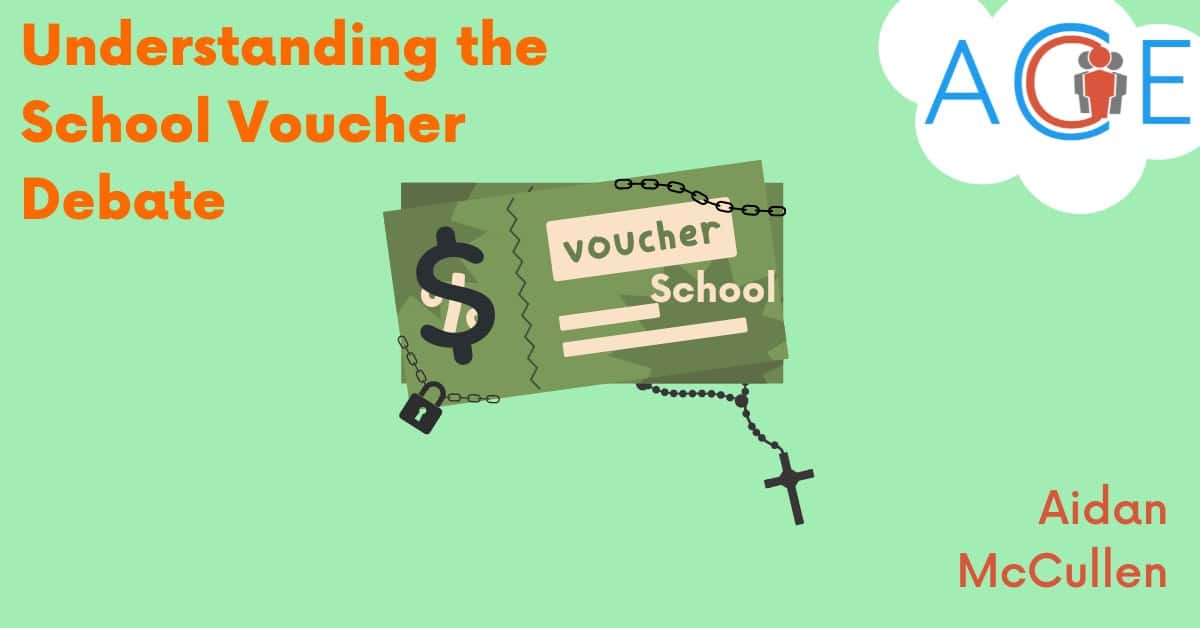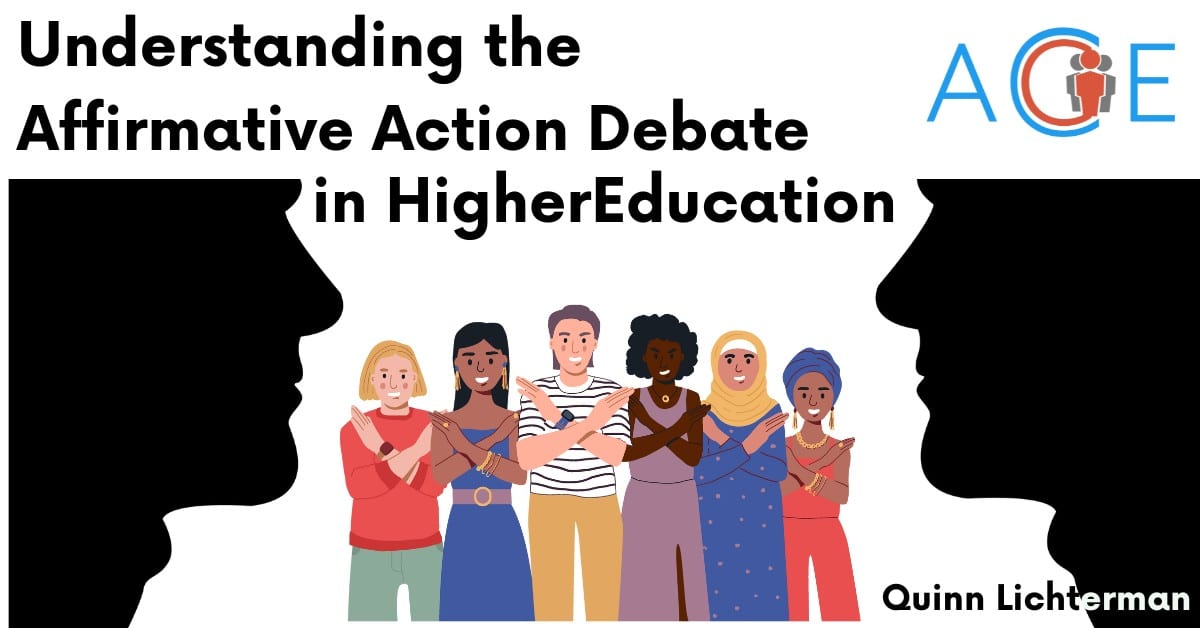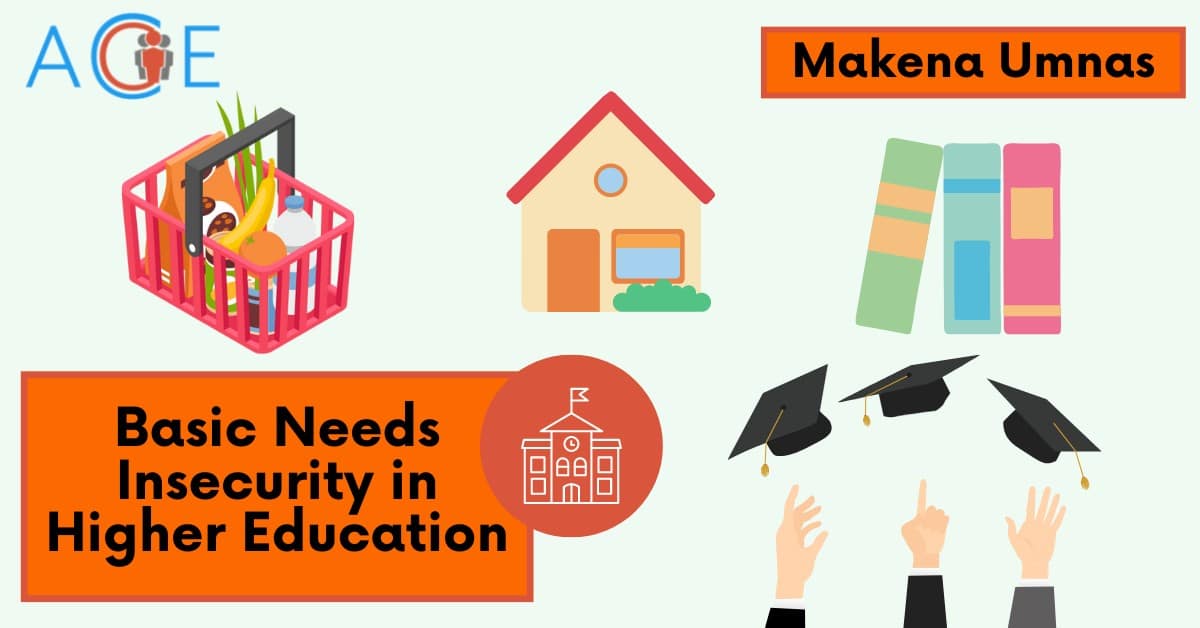Introduction
Book banning occurs when an entity like a school, library, or government takes action to remove, censor, or block access to a book due to objections to its content. Throughout history, in the United States, book banning has been employed by such institutions as a means to prevent the spread of information that contradicts or challenges prevailing political or religious viewpoints. This has included instances like early American colonists banning William Pynchon’s “The Meritorious Price of Our Redemption,” which contradicted Calvinist beliefs, and Southern states prohibiting Harriet Beecher Stowe’s “Uncle Tom’s Cabin,” a book that exposed the horrors of slavery, during the Civil War.
The First Amendment prevents the US government from outright banning books, but the matter of restricting and removing books from public libraries remains a contentious subject. This debate originated in the early 1900s when books touching on specific political themes like communism, interracial marriage, or the confederacy were taken out of school and public libraries following requests from advocacy groups. This led to disagreements among educators and librarians who felt that these removals deprived students of valuable resources. They stressed that students’ First Amendment rights were consistent both inside and outside of school premises.
History of Book Banning and Legal Disputes
Although the First Amendment is designed to safeguard freedom of speech, it does not extend protection to materials deemed obscene. The 1973 Supreme Court case, Miller v. California, established a three-part test for obscenity. This test considers whether a work, according to prevailing community standards, “appeals to the prurient interest,” portrays sexual conduct in an overtly offensive manner as defined by state law, and lacks significant literary, artistic, political, or scientific value when evaluated as a whole. Supporters of banning specific books in schools use this legal precedent as justification. However, what one person views as obscene, another might not.
Following the banning of books as being “anti-American, anti-Christian, anti-Semitic, and explicit,” the 1982 Supreme Court case, Island Trees Union Free School District v. Pico, ruled that school boards cannot remove books from libraries solely based on their disagreement with the ideas presented. Nevertheless, books could still be removed based on criteria like vulgarity, appropriateness for different age groups, or educational worth. The contemporary debate remains ongoing: Who should determine what information is suitable for children to read?
During the 2021-2022 school year, research by PEN America revealed that a total of 1,648 book titles were prohibited from school libraries across 32 states. Many of these banned books tackle subjects such as race, sexuality, and activism, and some contain content deemed to be explicit in terms of violence or sexual themes. The most frequently banned book nationwide is “Gender Queer” by Maia Kobabe, a novel centered around understanding gender identity and sexuality. Other commonly banned books include:
- “The Hate U Give” by Angie Thomas, a novel about a Black teenager witnessing a police shooting and the ensuing impact on the predominantly white community.
- “The Kite Runner” by Khaled Hosseini, a novel about two men growing up in Afghanistan during the Soviet invasion and rise of the Taliban regime.
- “The Diary of Anne Frank” by Anne Frank, the nonfiction account of a young Jewish girl forced into hiding in the Netherlands during the Nazi occupation.
However, this data has been contested. The Heritage Foundation’s investigation revealed that 74% of the titles listed on PEN America’s roster of banned books remained accessible in the libraries that PEN asserted had removed them. The Heritage Foundation accuses PEN America of amplifying their conclusions and fabricating the discourse around book bans. Conversely, other organizations, like the American Library Association, have arrived at findings more aligned with those of PEN America.
Arguments in Favor
On one side of the debate, individuals contend that children should be shielded from specific information, particularly content involving violence and sexual themes. The American Society of Pediatrics found that exposure to violent content during childhood can lead to heightened aggression and desensitization. Advocates who strive to eliminate certain books from libraries highlight instances of “graphic” sexual descriptions and references to gay dating websites within materials found in schools and public libraries. They assert that this content aligns with the definition of obscenity. Supporters of book bans maintain that limiting children’s access to particular information and narratives is a means to safeguard them from potentially harmful and detrimental knowledge.
Given these convictions, numerous parents argue that they merit a more influential role in their children’s education. These parents and communities believe that the ability to shape the values and character of a generation, and consequently an entire nation, rests on what children are taught and the books they have access to. While these groups are sometimes criticized for their approach, proponents argue that due to the substantial impact of books, they advocate for banning certain titles to provide their children with what they perceive as the most suitable and advantageous education.
Arguments in Opposition
On the other side, anti-book ban advocates believe that restricting access to books containing “taboo” topics prevents children from learning about valuable information and prevents them from having important conversations. Research has found that young adults who read banned books are more likely to engage in civic behaviors. Meanwhile, other experts have argued that reading about “illicit” or unspoken topics opens up conversations about situations that are already occurring in the world and students may be facing.
Further, these groups argue that book bans target minority groups, specifically restricting the stories of non-white and non-straight authors. In 1995, after parents attempted to remove a novel about a romance between two teen girls from schools, the Supreme Court case Case v. United School District No. 233 ruled that just because the story broke the parents’ own ideologies did not mean it could be banned. This pattern of banning certain types of books persists even in contemporary times, with many proponents of book bans labeling materials as “obscene” even when they don’t meet the criteria set by the Supreme Court. Instead, these bans often target books that directly address subjects related to race or sexuality. By some estimates, 41% of banned books directly relate to LGBTQIA+ topics, while 22% directly relate to race. Removing stories like these can be harmful, as consistent accounts reveal these, already less prominent, stories are affirming and positive for LGBTQIA+ and POC youth.
Within the realm of law, these conflicting viewpoints are evident as well. In Florida, Governor DeSantis enacted the Parental Rights in Education bill. This legislation prohibits teachers from discussing gender and sexuality, mandates state-certified media experts to evaluate all books, and enhances parental involvement in curriculum matters. School districts in states including Utah, Missouri, Georgia, Iowa, and Texas have also recently banned a significant number of books and introduced laws akin to those in Florida. In addition, House Republicans in Congress have introduced the Parents Bill of Rights. Conversely, in Illinois, the Library Systems Act is set to take effect in January 2024. This act renders any library in Illinois that bans or restricts access to books ineligible for state funding.
Looking Forward
In essence, the ongoing discourse surrounding the prohibition of books in schools and public libraries underscores the enduring concern for children’s education and the information accessible to them. Both sides of the argument stem from their individual perspectives on what is in the best interest of students. One camp contends that eliminating content they deem inappropriate safeguards students, while the other believes that granting children access to challenging material exposes them to a broader array of narratives and crucial discussions.
After years of deliberation on this issue, an increasing number of laws are emerging across the nation either enabling or curtailing the banning of books. As the discussion persists and legal frameworks influence more school districts, comprehending the rationale behind both perspectives becomes progressively vital.
